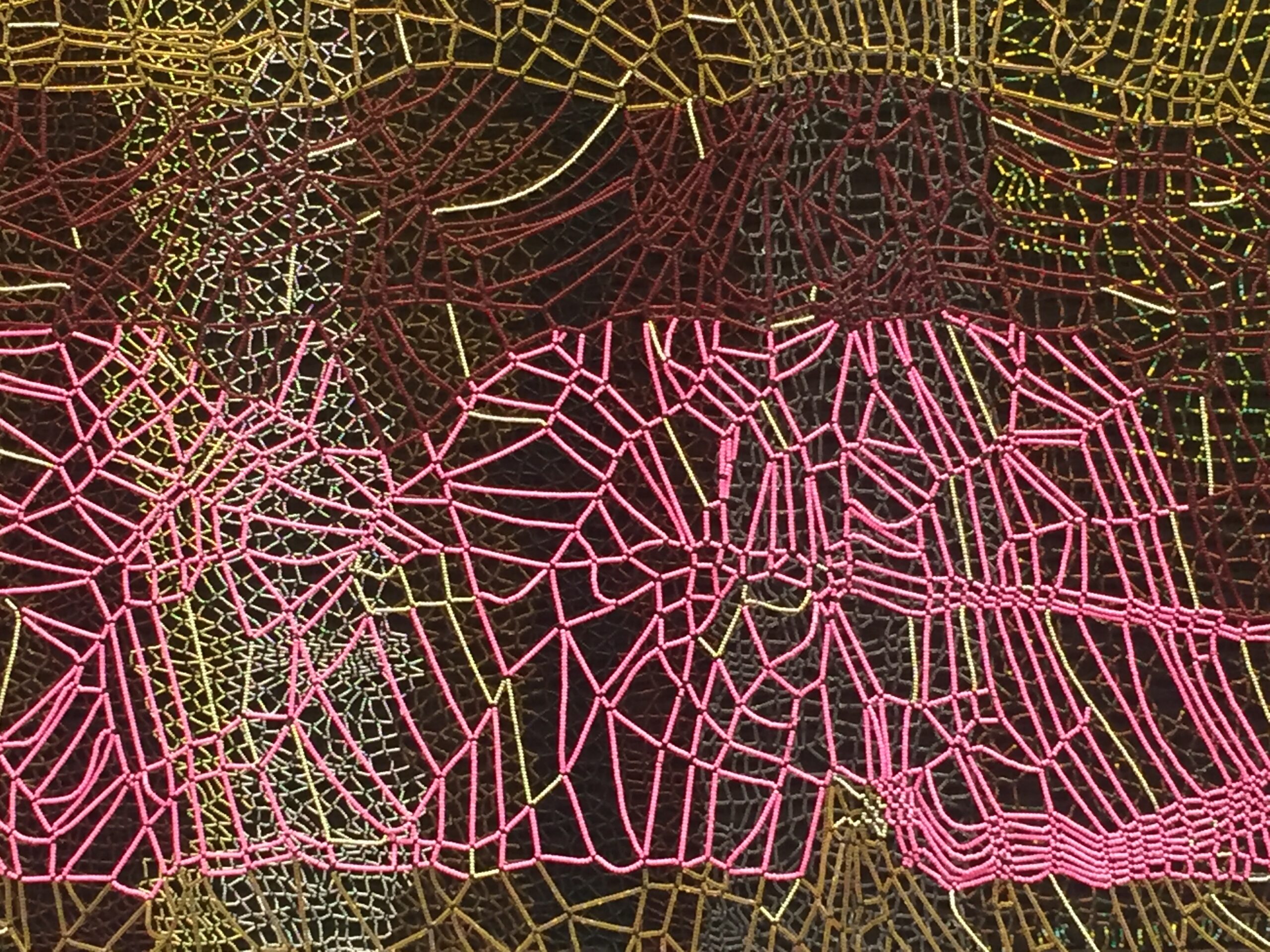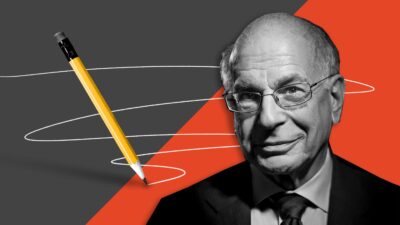Sydney Business Insights

Making better decisions – every time
This MAP helps decision makers navigate overconfidence and optimism.
Human decision making is an imperfect art. Sure there are facts, data, number crunching – but in the end, you have to trust your gut. Because making that instinctive judgment call is what distinguishes successful managers, right?
Actually, no. Unstructured instinct is highly vulnerable to bias and misleading ‘noise’. A rigorously applied systematic approach will produce a better decision every time.
That’s the promise of three prominent academics, Nobel Prize winner Daniel Kahneman, Dan Lovallo and Olivier Sibony. In their paper A Structured Approach to Strategic Decisions (MIT Sloan Management Review, Spring 2019 ) the authors set out a mental tool kit for improved decision making.
The academic trio have labelled their intellectual device a ‘MAP’ – Mediating Assessments Protocol.
The MAP can guide users away from perhaps the biggest mental road block – overconfidence and optimism.
“Managers when they get to the top of a company – you think a lot of yourself”
Professor Dan Lovallo
“It’s not just the cream that rises top but sometimes hubris as well”. So (senior managers) tend to trust their intuition too much – the worst example of that is the current US President.”
Decision making in business is frequently complicated and costly: Who to hire, which project to red light, whether to invest in new technology, merge or do a buy out – all of these choices involve weighing up lots of, sometimes contradictory, information.
The authors have engineered a ‘How To’ guide. There are three essential steps to delay your intuition:
- Define each assessment criteria in advance
- Use fact-based independently made assessments
Only when these first two steps have been completed should you proceed to
- Make the final evaluation
“You need to lay out the issues piece by piece, each attribute is assessed one at a time and then apply your judgment holistically,” Professor Lovallo said.
The MAP aims to eradicate the cognitive biases that infect human judgment.
Biases and ‘noise’ are the enemy of good decision making because they make us prone to poor calculations meaning the evaluations they produce have “very little predictive value” the authors warn.
Evidence has shown that people react to “losses more than gains, the near future more than the distant future and vividly presented anecdotes more than dull statistics.”
The authors note that while structured interviews are increasingly used in hiring decisions, the same structured decision making process is not commonly used in other more strategic decision making.
“Our paper goes after big strategic decisions,” said Professor Lovallo.
The authors also strongly recommend rather than expressing assessments in words (language can be ambiguous), decision makers should use percentile scales to rate individual assessments. So, for example, employee performances could be judged as in the “top 10% of junior executives for raw intellect but in the third quartile for interpersonal skills.”
Moreover, the protocol is a skill that can be learnt, practiced and improved. Using the MAP, the authors promise, will reduce errors and save time.
“By adding discipline to decision making and limiting some well-known flaws, (MAP) brings quality assurance to complex decisions.”
Rather than an art, decision making should be more akin to a craft – a rigorously practiced skill where personal expression is grounded in a well-honed discipline.
Sydney Business Insights is a University of Sydney Business School initiative aiming to provide the business community and public, including our students, alumni and partners with a deeper understanding of major issues and trends around the future of business.
Share
We believe in open and honest access to knowledge. We use a Creative Commons Attribution NoDerivatives licence for our articles and podcasts, so you can republish them for free, online or in print.







